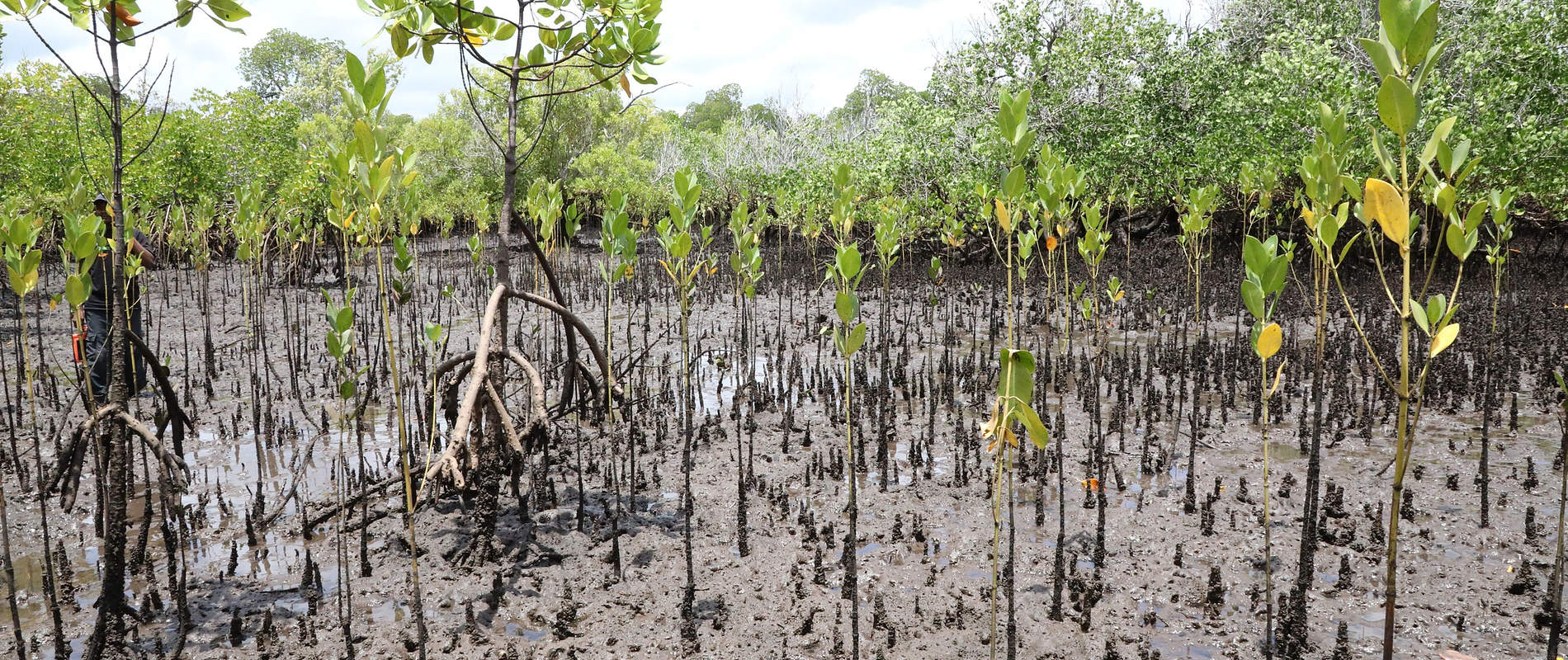The Kenya Red Cross has spearheaded a major coastal restoration initiative in Lamu’s Mkunumbi area to demonstrate environmental stewardship.
In three days, more than 200 residents joined hands to plant 33,000 mangrove seedlings across 10 hectares of degraded shoreline.
The initiative, which brought together the Kenya Red Cross, WWF-Kenya, the Kenya Forest Research Institute, Kenya Forest Service, and the Mkunumbi Community Forest Association, marked a significant step in efforts to restore Lamu’s fragile coastal ecosystem.
Kenya Red Cross Society said the restoration was supported through funding from the People’s Postcode Lottery.
Mangrove trees play a critical role in protecting and sustaining coastal environments.
Their complex root systems anchor soil and prevent coastal erosion, acting as natural barriers against strong tides and storm surges.
By stabilizing shorelines, mangroves reduce the impact of rising sea levels and extreme weather events, which are becoming more frequent due to climate change.
Beyond physical protection, mangrove forests also support rich biodiversity, providing nurseries and shelter for fish, crabs, and numerous bird species.
This enhances local fisheries and supports livelihoods in coastal communities. Additionally, mangroves are highly effective at capturing and storing carbon, helping mitigate the effects of global warming.
The restoration effort in Lamu is a clear example of how local action, driven by community participation and institutional support, can contribute to long-term environmental resilience and climate adaptation.

